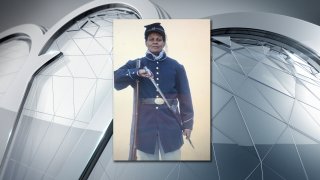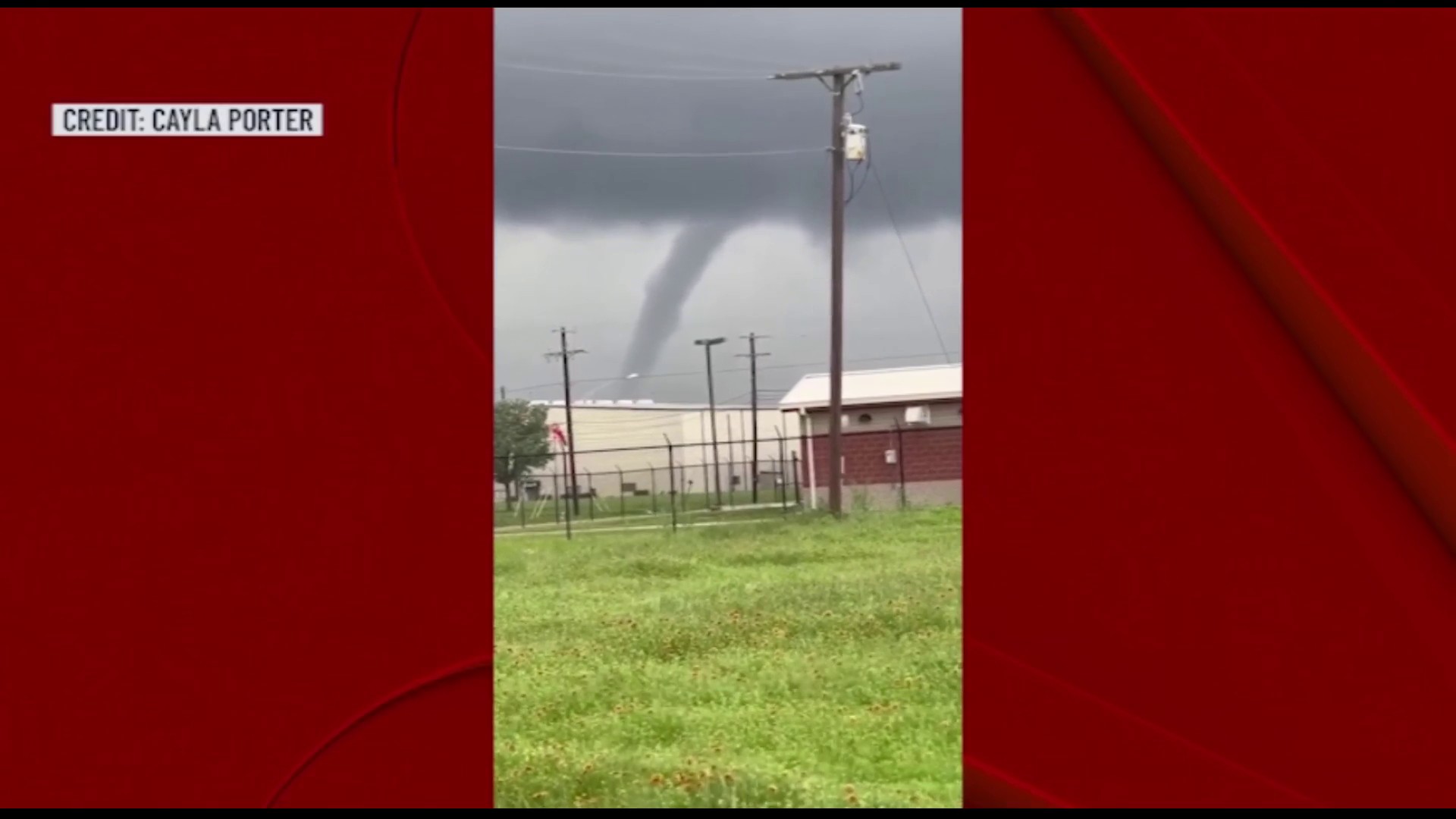
A North Texas woman was honored for her 25 years of teaching about the life and times of the Buffalo Soldiers throughout Texas and beyond.
RosieLeetta Reed has worked tirelessly to ensure the work of the Buffalo Soldiers will never be forgotten. Reed gives special attention to the only documented female Buffalo Soldier, William Cathey (AKA Cathey William). She enlisted under the pseudonym William Cathey, so they would think she was a man and would allow her to serve.
The Buffalo Soldiers was a group of African-American frontier regiments in post-Civil War Texas in the U.S. Army. In 1866, Congress allowed a handful of regiments comprised of black soldiers. It was illegal for black people to serve in wars before that -- they could only be volunteers.
Reed was inducted into the Texas Buffalo Soldiers Hall of Fame for her work. She has been the president of the organization for the last seven years.
The Buffalo Soldiers often served in the worst conditions, receiving the worst food and equipment that rarely worked properly. Despite it all, the group persevered their way into history.
“They were called Buffalo Soldiers by the [American] Indians who were already there, who thought their tightly curled hair resembled that of the curly hair on a bison’s face,” Reed said. “They were also very strong like the animal and were known to never back down.”
The Native Americans loved and respected the animal, so the term was considered one of endearment.
Local
The latest news from around North Texas.
The Buffalo Soldiers were offered a little money, plus food, clothing and shelter. The $13 a month was more than most of them could earn doing anything else at the time.
Everyone wasn’t happy to have the Buffalo Soldiers though. It took quite a while to find leaders for the regiments, people who would actually work with the men. Once that happened, they started making their trek west in 1867 to protect the land.
About five years after, many of the Buffalo Soldiers were transferred back to forts in Texas, from the Rio Grande to the Red River and into the Panhandle. The troops built and renovated dozens of forts, put up miles of telegraph lines, helped stagecoaches, trains, cattle and so many others navigate the area. They were even responsible for mapping new roads and recovering countless stolen livestock.
In 1992, U.S. Congress passed a law that designated July 28 Buffalo Soldiers Day with an official proclamation from President George H. W. Bush.
The official Buffalo Soldier Museum is in Houston, but there is an entire room dedicated to their service at the National Multicultural Western Museum in Fort Worth, just outside of the historic Fort Worth Stockyards.



